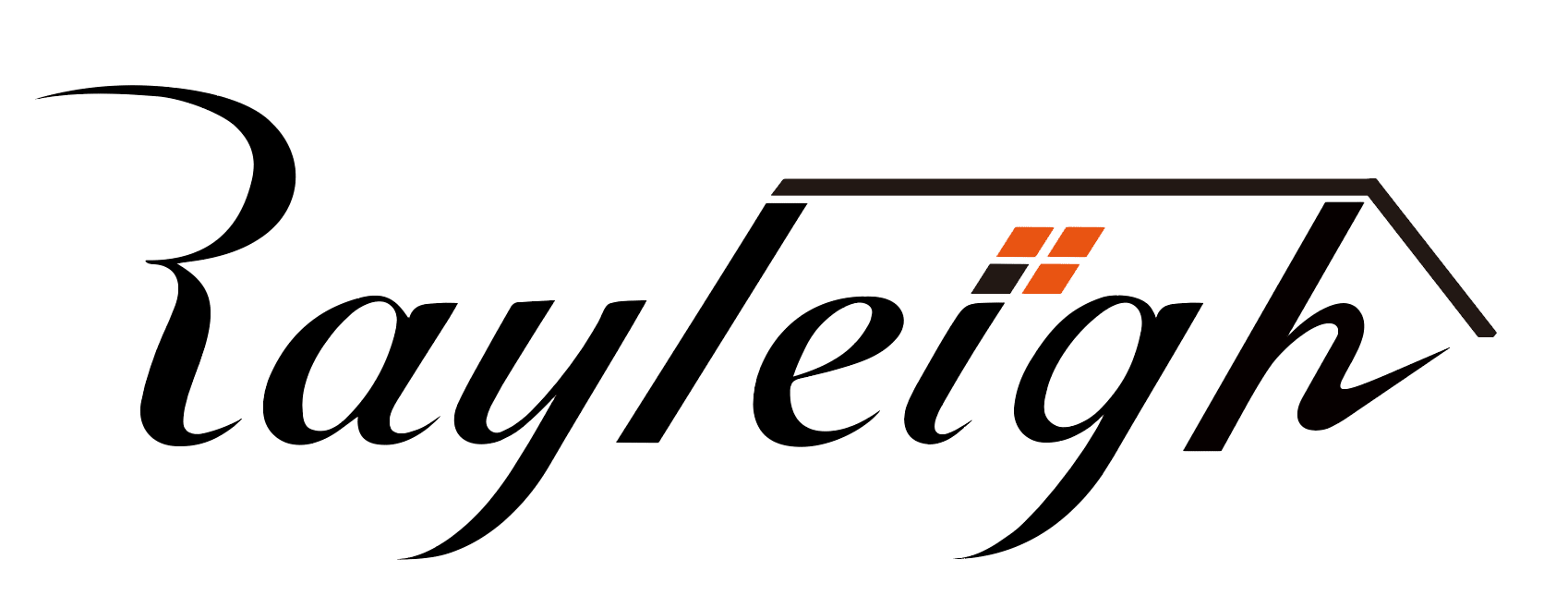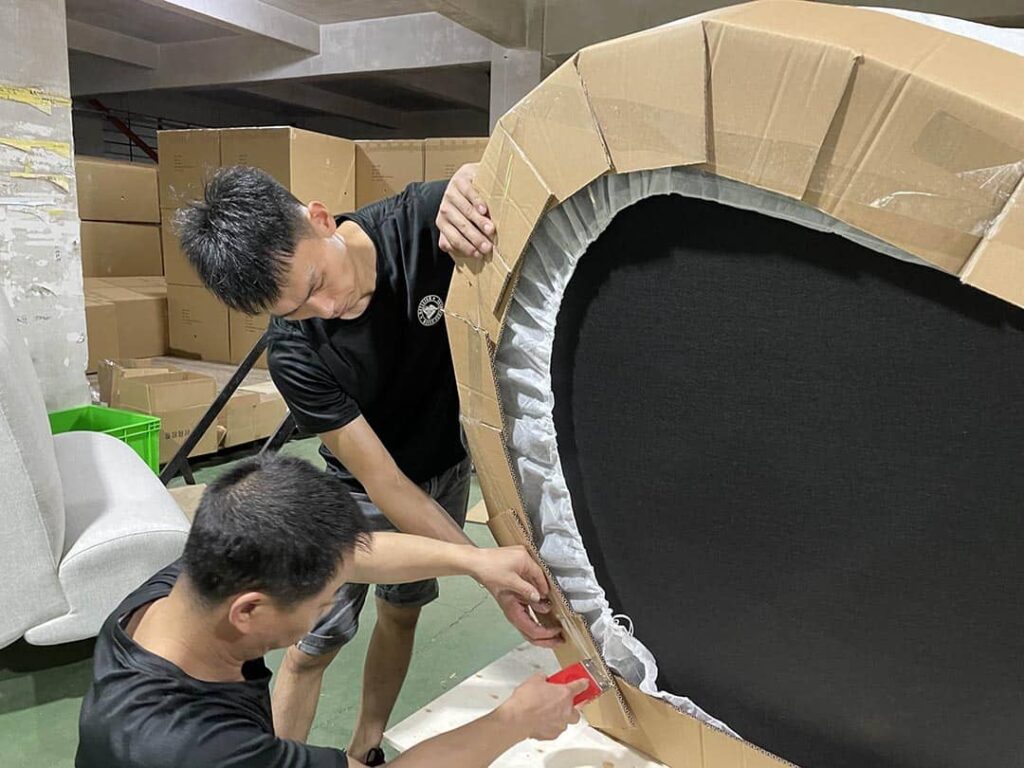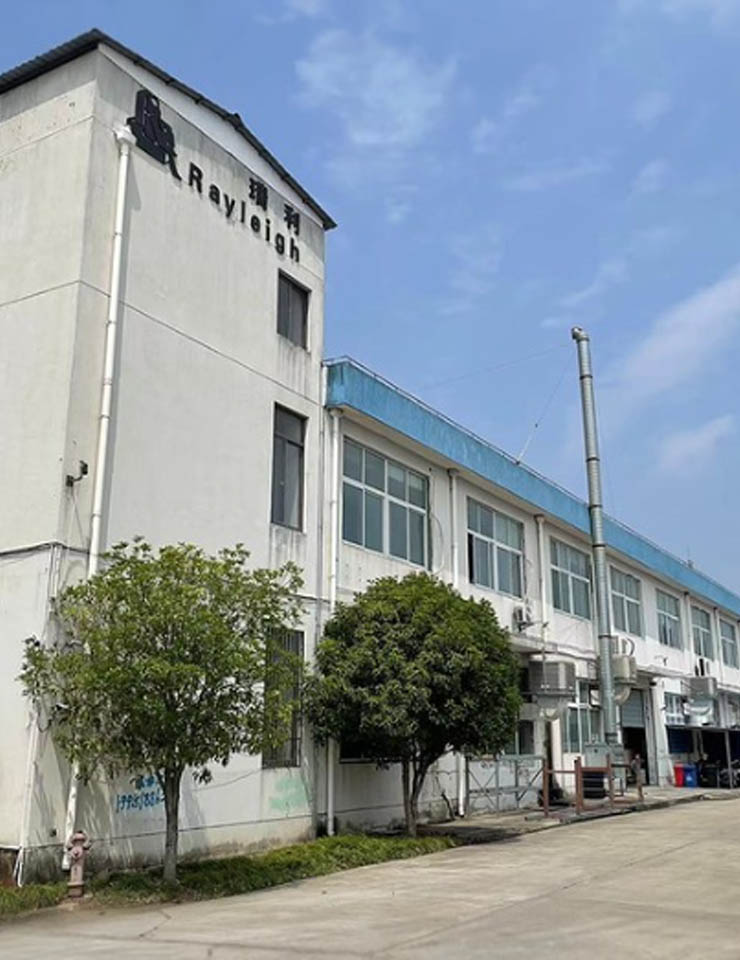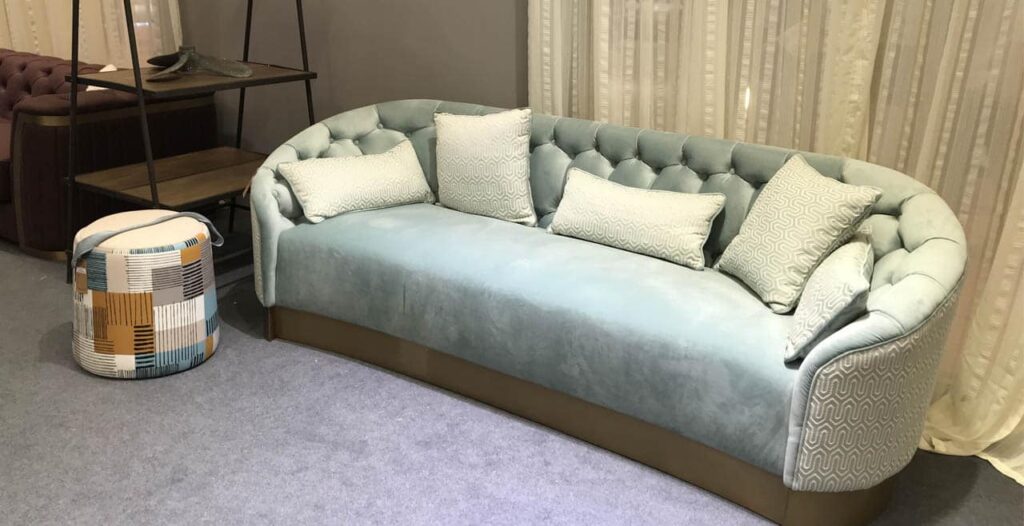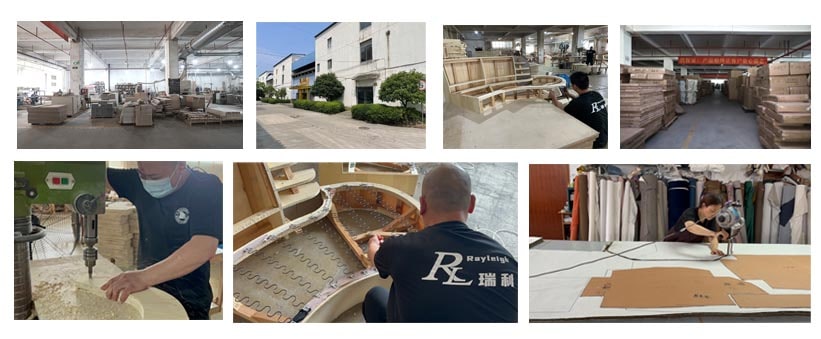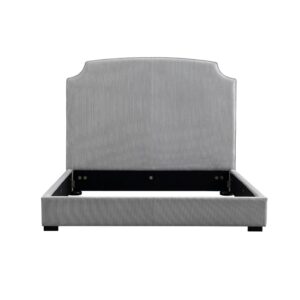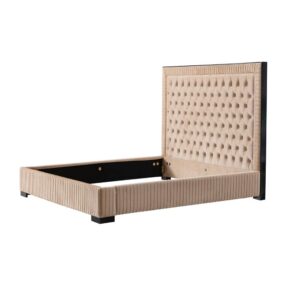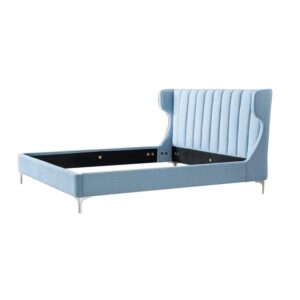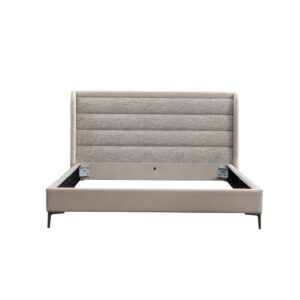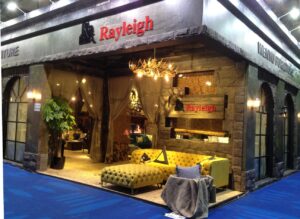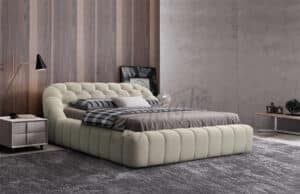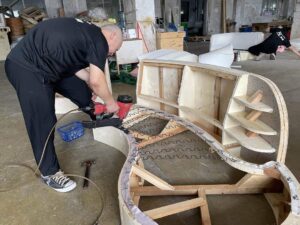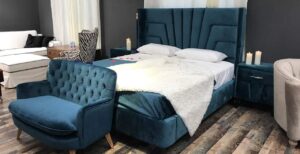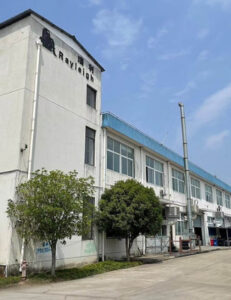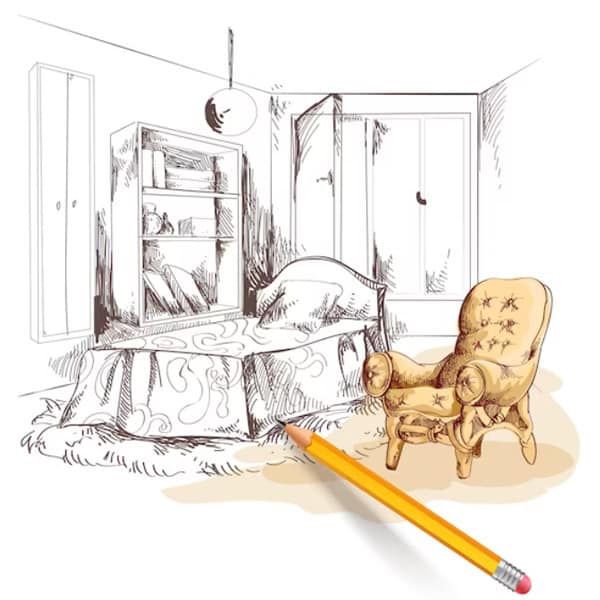Choosing the right fabricante de sofá for your furniture import business is essential to ensuring quality, competitive pricing, and customer satisfaction. Here’s a detailed guide on how to determine if a sofa manufacturer meets your import needs:
I. Define Your Import Needs
Product Positioning:
- Identify whether the sofa is intended for the high-end, mid-range, or budget market.
- Example: High-end markets require premium materials, superior craftsmanship, and sophisticated design.
Style and Design:
- Specify the desired style, such as modern minimalist, European classic, or traditional.
- Consider the uniqueness and appeal of the design to meet the target market’s aesthetic preferences.
Size and Specification:
- Determine the common sizes and specifications based on your customer base.
- Example: Larger sofas may be preferred in certain regions, while smaller, versatile options might be popular in urban areas.
Quality Criteria:
- Set standards for the sturdiness of the frame, comfort and durability of padding, and fabric quality.
- Example: High-quality requirements might include solid wood frames and imported fabrics.
Quantity and Delivery:
- Estimate your import quantities and required delivery timelines to ensure the manufacturer can meet these needs.
II. Examination of the Sofa Manufacturer
Production Capacity:
Factory Size:
- Examine the size of the fábrica de sofás, plant area, and workforce.
- Example: A large factory with extensive floor space and a sizable workforce may be better equipped to handle large orders.
Equipment and Technology:
- Assess the sophistication of production equipment, such as automated cutting machines and advanced sewing machines.
- Example: Factories using 3D printing technology for mould making may offer higher precision and efficiency.
Production Capacity Assessment:
- Inquire about monthly or annual production capacity and peak order handling.
- Review past production records and delivery performance to verify capacity claims.
Quality Control System:
Inspection Standards:
- Review standards and processes for inspecting raw materials, semi-finished products, and finished products.
- Example: Standards might include moisture content tests for wood and abrasion tests for fabrics.
Inspection Equipment and Personnel:
- Check for professional quality inspection equipment and experienced inspectors.
- Example: Pressure testing machines and color difference detectors ensure product quality accuracy.
Quality Tracing System:
- Confirm the existence of a traceability system to quickly locate and resolve quality issues.
Design and R&D Capability:
Design Team:
- Investigate the professional background and experience of the design team.
- Example: Manufacturers with renowned designers often provide innovative and competitive products.
New Product Development:
- Assess the frequency and process of new product development.
- Example: Manufacturers introducing several new collections annually can adapt to market trends.
Customization Capabilities:
- Evaluate the manufacturer’s ability and experience in custom production to meet specific design needs.
Raw Material Sourcing:
Supplier Management:
- Examine how the manufacturer selects and manages raw material suppliers.
- Example: Consistent quality from suppliers ensures stable raw material standards.
Environmental and Sustainability:
- Check if raw materials meet environmental standards and if there is a sustainable sourcing policy.
Price and Cost:
Quotation System:
- Request a detailed quotation covering costs like raw materials, labor, and transportation.
- Example: A transparent quotation system helps analyze costs and compare prices effectively.
Price Competitiveness:
- Compare the manufacturer’s prices with others, considering product quality and services.
Cost Control:
- Learn about the manufacturer’s strategies for maintaining reasonable prices while ensuring quality.
Delivery and Logistics:
Delivery Time Commitment:
- Verify the delivery timelines and review past delivery records for accuracy and reliability.
Logistics Partners:
- Assess the reliability and cost-effectiveness of logistics partners and transportation modes used.
After-sales Service:
Warranty Policy:
- Inquire about the product warranty duration and scope.
- Example: Longer warranty periods with comprehensive coverage reduce after-sales risks.
Troubleshooting:
- Understand the manufacturer’s process and response time for handling quality issues or customer complaints.
Site Visits and Case Studies:
Factory Tour:
- Observe the production site’s orderliness, worker conditions, and storage standards for raw materials and finished products.
Communication with Employees:
- Engage with frontline workers and management to understand their perspectives on production processes and quality control.
Successful Cases:
- Request case studies to learn about the manufacturer’s cooperation with other importers and customer feedback.
III. Comprehensive Assessment and Decision-making
Strengths and Weaknesses:
- List and analyze the manufacturer’s strengths and weaknesses in relation to your business needs.
Risk Assessment:
- Evaluate potential risks such as quality or delivery issues and develop mitigation strategies.
Co-operation Prospects:
- Consider the long-term prospects for collaboration and whether the manufacturer can grow with your business.
Determining the right sofa manufacturer for your furniture import needs involves a thorough examination and analysis of various factors. This complex but vital process requires investment in time and effort to ensure you make an informed decision, laying a solid foundation for your import business. Regular follow-up and reviews will ensure continuous improvement and alignment with your business goals.
